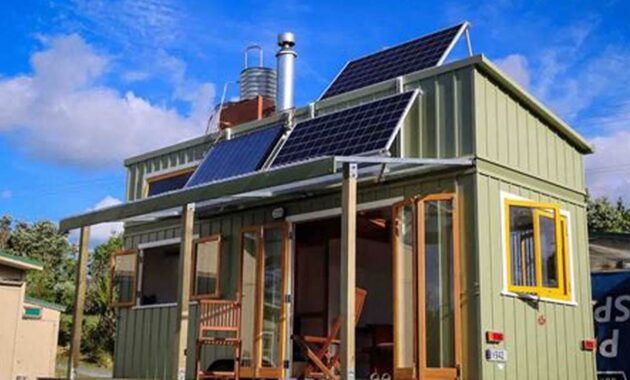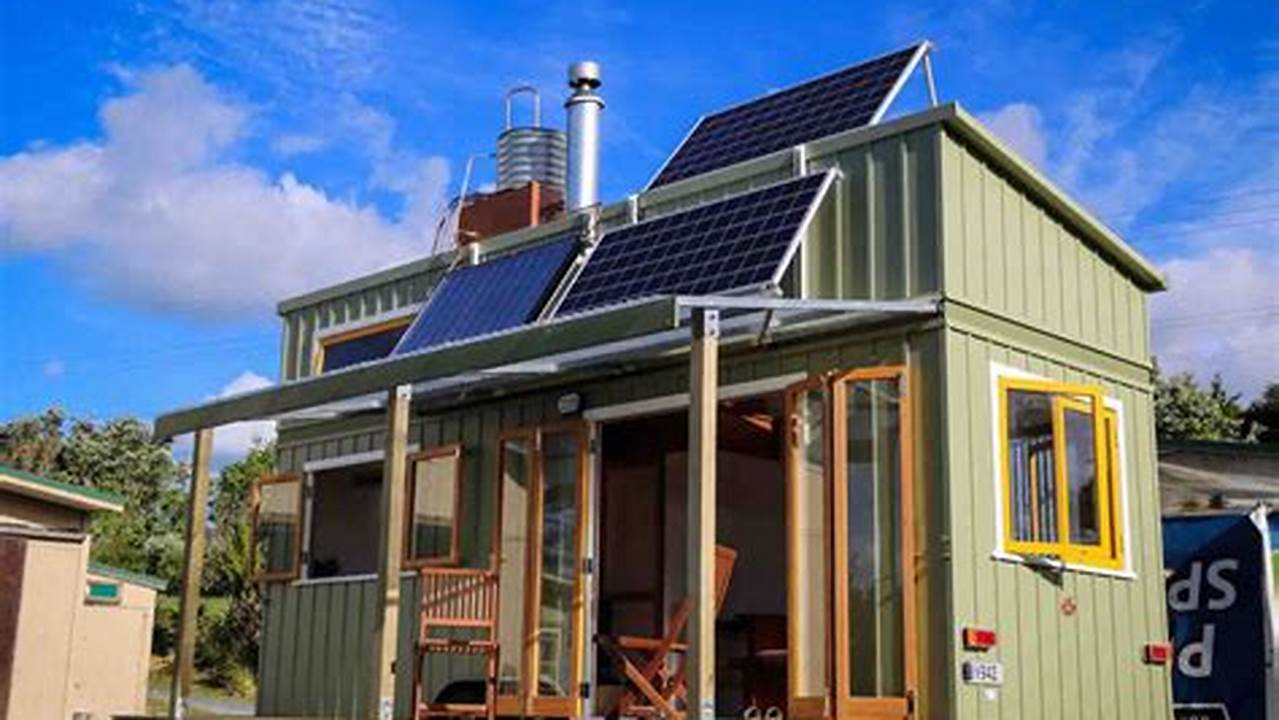
Self-sustaining living off the grid refers to a lifestyle that aims to reduce or eliminate reliance on external resources and services, such as public utilities, municipal water supplies, or commercial food production. It involves generating one’s own energy, producing one’s own food, and managing one’s own waste.
Living off the grid offers numerous benefits, including increased self-sufficiency, reduced environmental impact, and greater resilience in the face of disruptions to infrastructure or supply chains. Historically, this lifestyle was common in rural and remote areas, but it has gained popularity in recent years as concerns about sustainability and resilience have grown.
Those interested in living off the grid typically engage in activities such as gardening, raising livestock, rainwater harvesting, and solar or wind energy generation. They may also adopt practices such as composting, foraging, and preserving food to reduce waste and increase self-reliance. While living off the grid can be challenging, it can also be a rewarding experience that offers a sense of independence and connection to the natural world.
FAQs on Self-Sustaining Living Off the Grid
Living off the grid can be an appealing lifestyle for those seeking greater self-sufficiency and resilience. However, it can also raise a number of questions and concerns. Here are answers to some of the most frequently asked questions about self-sustaining living off the grid:
Question 1: Is it possible to live off the grid completely?
While it is possible to reduce reliance on external resources significantly, complete self-sufficiency is challenging in modern society. Most people who live off the grid still rely on some form of outside support, such as access to medical care or occasional purchases of supplies.
Question 2: What are the biggest challenges of living off the grid?
Some of the biggest challenges include generating sufficient energy, managing waste, and ensuring a reliable food supply. Off-grid living also requires a significant investment of time and effort, as well as a willingness to learn new skills.
Question 3: What are the benefits of living off the grid?
Living off the grid offers a number of benefits, including increased self-sufficiency, reduced environmental impact, and greater resilience. It can also provide a sense of independence and connection to the natural world.
Question 4: What skills are needed to live off the grid?
Essential skills for off-grid living include gardening, food preservation, animal husbandry, and basic construction and repair. Off-grid living also requires knowledge of renewable energy systems, water purification, and waste management.
Question 5: How much land is needed to live off the grid?
The amount of land needed to live off the grid varies depending on factors such as climate, soil quality, and the desired level of self-sufficiency. As a general rule, more land is required in colder climates and for those who want to raise livestock or grow a significant portion of their own food.
Question 6: Is living off the grid legal?
The legality of off-grid living varies by jurisdiction. In some areas, there are few restrictions, while in others there may be regulations regarding building codes, land use, and the use of renewable energy systems. It is important to research local laws and regulations before making the decision to live off the grid.
Summary: Living off the grid can be a challenging but rewarding lifestyle that offers greater self-sufficiency, reduced environmental impact, and increased resilience. While complete self-sufficiency is difficult to achieve, it is possible to significantly reduce reliance on external resources with careful planning and preparation.
Transition to the next article section:
Self-Sustaining Living Off the Grid
Living off the grid can be a rewarding experience, but it also requires careful planning and preparation. Here are five tips to help you get started:
Tip 1: Start Small
Don’t try to become completely self-sufficient overnight. Start by making small changes, such as growing your own food or installing a solar panel system. As you gain experience and confidence, you can gradually increase your level of self-sufficiency.
Tip 2: Learn Essential Skills
Off-grid living requires a variety of skills, such as gardening, food preservation, and basic construction. Take classes, read books, and practice these skills before you make the transition to full-time off-grid living.
Tip 3: Choose the Right Location
The location of your off-grid property is critical. Consider factors such as climate, access to water, and availability of resources. If possible, choose a location that is close to a town or city for access to essential services.
Tip 4: Invest in Infrastructure
Off-grid living requires a significant investment in infrastructure, such as a water well, septic system, and renewable energy system. Make sure you have the financial resources to cover these costs before you make the transition.
Tip 5: Build a Community
Living off the grid can be isolating, so it’s important to build a community of like-minded individuals. Join local groups, attend workshops, and connect with other off-griders online. Having a support network can make the transition to off-grid living much easier.
Summary: Living off the grid is a challenging but rewarding lifestyle that requires careful planning and preparation. By following these tips, you can increase your chances of success and enjoy the benefits of self-sufficiency and resilience.
Transition to the article’s conclusion:
Conclusion
Self-sustaining living off the grid is a lifestyle that offers numerous benefits, including increased self-sufficiency, reduced environmental impact, and greater resilience. However, it is important to approach this lifestyle with careful planning and preparation. By starting small, learning essential skills, choosing the right location, investing in infrastructure, and building a community, individuals can increase their chances of success.
As concerns about sustainability and resilience grow, self-sustaining living off the grid is likely to become increasingly popular. This lifestyle offers a path towards greater independence and a deeper connection to the natural world. While it is not without its challenges, self-sustaining living off the grid can be a rewarding and fulfilling experience.
